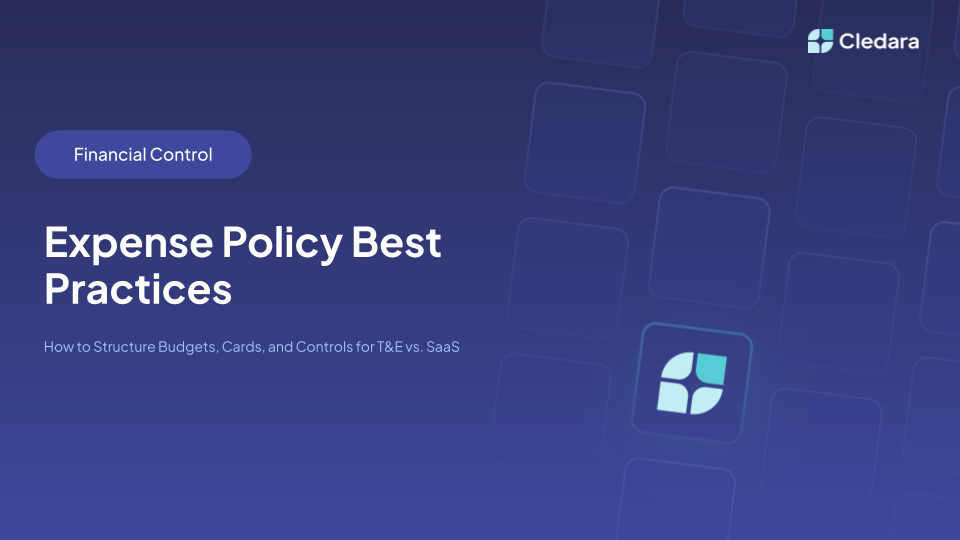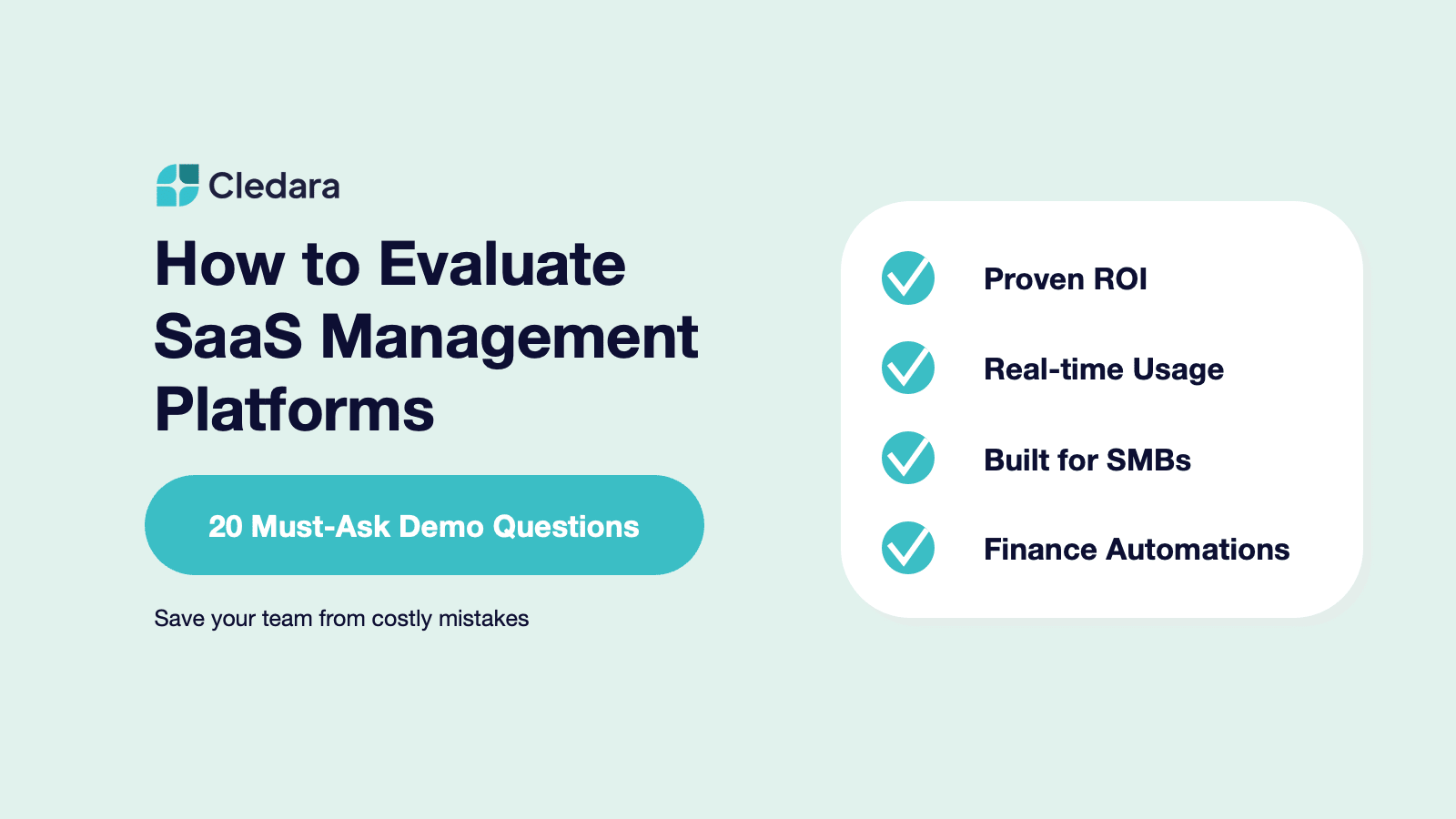Procurement is the process by which organizations acquire goods and services from external sources. From selecting suppliers to managing purchases, the procurement process directly affects a company’s bottom line—yours included.
In this article, we look at the procurement process in-depth, including how it works, the challenges businesses face, and how to optimize it for 2025.
What is Procurement?
Procurement is the process of sourcing, acquiring, and managing goods and services for your organization. It’s a comprehensive process that involves everything from identifying your organizational needs to ensuring timely purchases and managing contracts.
The goal of procurement is to get the best possible goods at the best possible price in the best possible time frame. Getting this process right is crucial for your business operations because ensuring you have a streamlined process for obtaining goods directly influences your company’s efficiency and profitability.
Managing procurement strategically helps you cut costs, get what you need on time, and build strong supplier relationships.
The process has three core elements, also known as the three “P’s”:
- People: Success depends on the collaboration of key stakeholders. Finance and procurement teams, end users, and suppliers all play an important part in the entire process.
- Process: A clear and structured workflow streamlines procurement, reduces errors, aligns it with business needs, and ensures cost-effective purchases.
- Paperwork: Proper documentation ensures accountability, transparency, and accuracy in procurement.
Procurement vs Sourcing vs Purchasing
Businesses sometimes use the terms procurement, purchasing, and sourcing interchangeably. However, there’s a big difference between each.
Procurement
A comprehensive, strategic, and end-to-end process. It covers a broad range of activities, from strategic planning and cost management to ensuring compliance. Think of it as the overall strategy for acquiring goods and services.
Sourcing
This is the process of finding a supplier that can provide your business with goods or services. It involves identifying, evaluating, and selecting a supplier that can align with your organization's needs and lays the foundation for strong supplier relationships, opportunities for negotiation, and cost-effective purchasing.
Purchasing
This is the transactional step in the procurement process for acquiring goods and services from suppliers. It typically involves placing orders and ensuring that an organization’s needs are met according to specific business conditions. Whereas procurement is strategic and long-term, purchasing is an operational and short-term process.
Sourcing and purchasing are two stages of the procurement process, but they don’t mean the same thing.
Types of Procurement: Direct, Indirect, Goods, and Services
Depending on immediate business needs and long-term goals, companies will perform four different types of procurement.
The first distinction is between direct and indirect procurement, which looks at how essential your goods are to your company’s offerings:
- Direct procurement: Involves acquiring goods and services that directly support the products and services your company offers. Examples include anything from raw materials for a manufacturing factory to software solutions for a tech company designing digital products.
- Indirect procurement: This includes procuring anything that isn’t directly tied to your company’s products or services but is still needed for successful business operations. Think office supplies, communication SaaS, and facilities services.
We can also divide procurement based on the two types of purchases you make:
- Goods procurement: This type refers to any tangible goods that you acquire through procurement, such as machinery and equipment, packaging material, and inventory.
- Services procurement: Refers to any intangible purchases that fall into service procurement. These can include insurance, cloud, and consulting services.
7 Key Steps in the Procurement Process
Although the individual steps often vary depending on your organization's industry, immediate needs, and long-term business objectives, the procurement process typically involves seven key steps.
Step 1: Business Needs Identification
The procurement process begins when your organization identifies a need for a product or a service. This frequently happens at the departmental level when a team member identifies bottlenecks, begins a new initiative that requires goods and services, or acknowledges changes in operational requirements.
For example, let’s say your company has a tech stack of over 60 software tools. Managing so many subscriptions creates bloated workflows for your finance and IT teams, ultimately hurting your company’s bottom line due to unapproved software and security risks . After examining the issue, your team and stakeholders identify the need for a software tool that can effectively manage SaaS solutions and automate the invoicing process.
Once identified, stakeholders can then assess details like quality, quantity, budgets, and delivery timelines to better define the need.
Step 2: Purchase Requisition
After identifying a need, your team will have to create a purchase requisition form. This internal document serves as a formal purchase request on behalf of your department. Once drawn up, you submit the form to your organization's procurement department for approval.
Your purchase requisition form should include:
- The requester’s name and department
- Description of goods and services needed
- Quality and specifications
- Budget and estimated cost
- Delivery date or timeline required
- Notes and additional instructions
This helps understand exactly what to look for when selecting a vendor, purchasing the order, and monitoring the delivery.
Step 3: Vendor Selection and Solicitation
From here on, the procurement team handles the process. They identify potential suppliers that can fulfill the requests on the purchase requisition form.
This step also frequently involves sending out requests for quotes (RFQs) or requests for information (RFIs) to solicit offers. After comparing vendors, the procurement team selects the best match for your organization’s needs.
When choosing vendors, procurement looks out for:
- Brand reputation
- Pricing and payment
- Quality of goods and services
- Industry experience and expertise
- Sustainability and ethical practices
- Features (If choosing a SaaS solution)
Let’s consider our SaaS management example. After receiving and approving the purchase requisition, your procurement team shortlists multiple software solutions for the job. One doesn’t include automated invoicing, and while the other option can capture invoices automatically, it doesn’t properly integrate with your chosen accounting software.
Finally, you find a third software solution that can automate invoice management, gives you comprehensive control over software spending, and integrates with your accounting tool. Ideal.
Step 4: Contract Negotiation
After receiving quotes or information back from chosen vendors, the procurement team reviews them all. They choose the best option based on the conditions included in the purchase requisition form. Then, it’s time to contact the chosen vendor and negotiate a contract.
The goal of contract negotiation is to reach the best possible deal for both your company (on your side) and the vendor (on theirs). This step involves discussing specific needs, terms and conditions, delivery timelines, and quality standards. Your procurement team will typically speak with a vendor sales representative or account manager. Vendors might also offer discounts, payment schedules, or demos and samples.
Once you’ve evaluated the contract and signed it, your procurement team sets up a purchase order based on your agreement.
Step 5: Purchase Order Delivery
With your contract signed and your order purchase sent, your procurement team handles the delivery, and ensures the supplier gives you your chosen goods in the agreed-upon time frame.
If the team finds anything wrong with the product or service, they notify the supplier to fix it. Issues can include anything from defects in raw materials to wrong quantities or missing features. Whatever the issues, this is when you flag them to the provider.
Step 6: Invoice Matching and Payment
After receiving the goods or services you ordered, you’re almost clear to pay your vendor the agreed amount. Before finalizing the payment, consider a three-way matching process to ensure accuracy and prevent any potential disputes.
This matching process involves verifying:
- The purchase order: The document your organization issued to the supplier. It details specifics like quantity, delivery terms, and, most importantly, pricing.
- Delivery receipt: This is a document you should receive from your supplier upon delivery of your services. It contains purchase specifications, and you can use it to verify if the order matches your purchase order.
- Supplier invoice: You’ll receive this in the form of a bill from your supplier. Serving as a formal request for payment, it is yet another document that you can use to verify pricing and the services or goods you’ve received.
If all these three documents match, then you’re good to go. If there are any discrepancies, first raise them with your team and then notify your supplier for clarification.
Step 7: Record Keeping
Congrats, you’ve now identified, sourced, and purchased the solution you need—but the procurement team’s job isn’t quite complete. The procurement process is an ongoing task.
After payment, keep accurate records of all purchase documents for future use. If you have an annual contract, this will also likely require yearly assessment and even negotiation.
That’s why it’s important to monitor specifics about your goods or services. In the case of software solutions, track what features your team consistently needs versus which features they don’t.
Record-keeping helps maintain compliance, allows for an easy audit trail, and can serve as a basis for future procurement.
Challenges in the Procurement Process
The procurement process can be challenging. From sourcing the right suppliers to negotiating contracts and matching invoices, there’s plenty of room for mistakes.
Just some of the main challenges businesses frequently face include:
- Supplier fragmentation: If you’re dealing with multiple suppliers when procuring goods, you’re also likely dealing with varying pricing, quality, and service levels. Managing these numerous vendor specifics isn’t just time-consuming, it’s also inefficient for your organization.
- Manual processes: Paper-based processes, spreadsheets, and email chains slow down procurement and cause errors.
- Lack of visibility: Without data-driven insights, making smart procurement decisions can be difficult. Limited access to data makes forecasting demand, identifying cost-saving opportunities, and ensuring compliance especially challenging.
- Maverick spending: This is a term for when employees make purchases outside company policies. Bypassing procedures further complicates tracking procurement performance, makes it difficult to control budgets, and can even directly impact a company’s bottom line.
Although challenging, there are multiple adjustments your organization can make to help the procurement process flow smoothly.
How to Optimize the Procurement Process in 2024
With optimization, supplier relationships flourish, your business gets what it needs when it needs it, and everything runs like clockwork. Everyone’s happy.
If you’re set on making this process more efficient, consider:
- Automation: Procurement automation tools save time by handling tasks like invoice matching or finding suppliers. Automated workflows reduce errors, speed up approvals, and boost your procurement process’s overall efficiency.
- Centralization: A centralized platform makes managing procurement workflows easy, transparent, and consistent. It gives teams visibility to make better decisions.
- Spend analysis: With an overview of your company’s spend through procurement key performance indicators (KPIs), you can spot inefficiencies, identify trends, and find new opportunities for minimizing expenses.
- Strategic sourcing: Establishing long-term partnerships with reliable suppliers is essential for ensuring product quality, timely deliveries, and potential cost savings in the future. By keeping in touch with your suppliers, they’ll be able to form a better understanding of your business’s unique needs.
- Stakeholder collaboration: To ensure you meet everyone’s needs and fulfill long-term business objectives, include key stakeholders in the process. This makes it easier to address bottlenecks and create a more efficient procurement process for your entire organization.
A streamlined procurement process is essential for efficiently fulfilling your business’s needs in a way that lets you save resources and minimize unnecessary costs. It involves everything from identifying your business’s unique needs to making purchases and keeping detailed records of past and ongoing transactions.
If you’re procuring multiple SaaS solutions for your tech stack, monitoring costs can get very overwhelming very fast. That’s where a specialized financial spend software like Cledara can help.
How Cledara Can Help in Your Procurement Process
From suggestions for alternative tools to an overview of compliance certifications, Cledara gives your procurement team all the data they need to choose the right vendors.
Cledara lets you control every aspect of your software purchasing and renewals and automate the payment process. This puts your accounting on autopilot, so you can focus on procuring the right tools and negotiating the best deals.
Cledara empowers procurement and finance teams by enabling them to control every aspect of software purchasing and renewals. This includes:
- Data to facilitate decision-making: Get information on alternative tool options, existing tool overlaps, vendor compliance certifications, and more.
- Features to improve spend visibility: Say goodbye to surprise charges with unique digital cards for each tool, spend limits to avoid overcharges and unexpected increases, and card-blocking capabilities to shut down specific payments in seconds.
Workflow integration and automation: Focus on procuring the right tools by putting accounting on autopilot. Integrate Cledara with your existing finance tools—like Quickbooks, Xero, or Netsuite—to automate invoice capture and matching for software spend.





















.webp)
.webp)

%2520(1).webp)